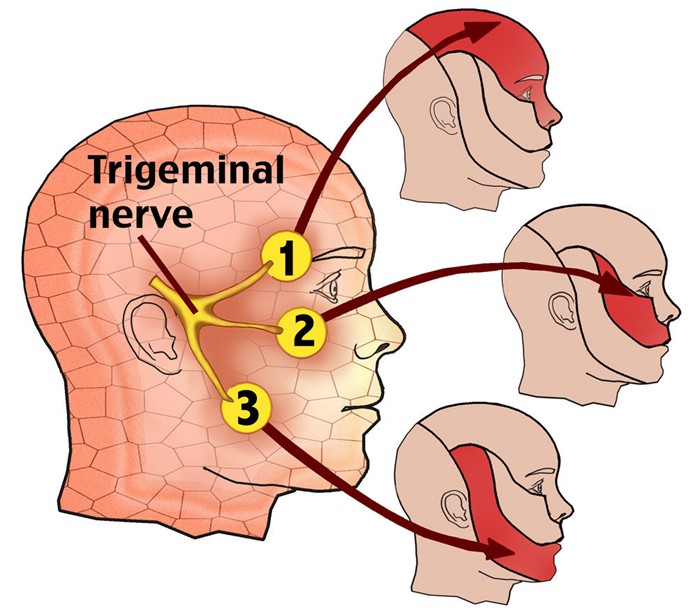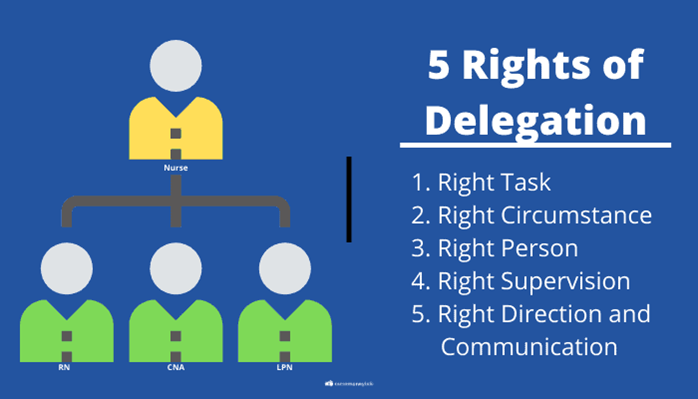A client diagnosed with trigeminal neuralgia is experiencing intermittent, sudden, severe pain on the left side of the face. The nurse identifies which classification of medications is most effective in treating this pain.
Analgesics
Antihistamines
Antibiotics
Anticonvulsants
The Correct Answer is D
Choice A reason: Analgesics are medications that relieve pain by blocking pain signals or reducing inflammation. They include nonsteroidal anti-inflammatory drugs (NSAIDs), opioids, and acetaminophen. However, analgesics are not very effective in treating trigeminal neuralgia, as they do not address the underlying cause of the pain, which is the compression or irritation of the trigeminal nerve.
Choice B reason: Antihistamines are medications that block the effects of histamine, a chemical that causes allergic reactions such as itching, sneezing, and swelling. They include diphenhydramine, cetirizine, and loratadine. Antihistamines are not effective in treating trigeminal neuralgia, as they do not affect the trigeminal nerve or its function.
Choice C reason: Antibiotics are medications that kill or inhibit the growth of bacteria that cause infections. They include penicillin, amoxicillin, and ciprofloxacin. Antibiotics are not effective in treating trigeminal neuralgia, as they do not target the trigeminal nerve or its pathology.
Choice D reason: Anticonvulsants are medications that prevent or reduce the frequency and severity of seizures by stabilizing the electrical activity of the brain. They include carbamazepine, gabapentin, and phenytoin. Anticonvulsants are the most effective medications in treating trigeminal neuralgia, as they reduce the abnormal firing of the trigeminal nerve that causes the pain. Anticonvulsants are considered the first-line therapy for trigeminal neuralgia and can provide significant relief for most clients.

Nursing Test Bank
Naxlex Comprehensive Predictor Exams
Related Questions
Correct Answer is D
Explanation
Choice A reason: The client's financial resources is not the most important factor for the nurse to consider. Although Meals-on-Wheels is a low-cost or free service that provides nutritious meals to homebound seniors and people with disabilities, it does not require a specific income level or financial status to qualify. The nurse should focus on the client's nutritional and functional needs, rather than their economic situation.
Choice B reason: The client's level of family support is not the most important factor for the nurse to consider. Although having family members who can assist with meal preparation and delivery can be helpful and beneficial for the client, it is not a requirement or a guarantee for receiving Meals-on-Wheels. The nurse should assess the client's individual capabilities and preferences, rather than their family availability or involvement.
Choice C reason: The client's access to transportation is not the most important factor for the nurse to consider. Although having access to transportation can enable the client to obtain food and groceries from other sources, such as stores, markets, or restaurants, it is not a criterion or a barrier for receiving Meals-on-Wheels. The nurse should evaluate the client's dietary and health needs, rather than their mobility or transportation options.
Choice D reason: The client's ability to prepare meals is the most important factor for the nurse to consider. Meals-on-Wheels is designed to serve clients who are unable to cook or shop for themselves due to physical, mental, or social limitations. The nurse should determine if the client has any impairments or challenges that prevent them from preparing their own meals, such as vision loss, arthritis, dementia, or isolation. If the client has difficulty or inability to prepare meals, they may be eligible for Meals-on-Wheels.
Correct Answer is D
Explanation
Choice A reason: The AP's ability to complete the task without assistance is not one of the five rights of delegation. The nurse is responsible for providing adequate supervision and guidance to the AP, and ensuring that the task is done correctly and safely.
Choice B reason: The AP's ability to prioritize is not one of the five rights of delegation. The nurse is responsible for assigning tasks based on their urgency and importance and communicating clear expectations and deadlines to the AP.
Choice C reason: The AP's rapport with clients is not one of the five rights of delegation. The nurse is responsible for maintaining a therapeutic relationship with clients and respecting their preferences and needs.
Choice D reason: The AP has the knowledge and skill to perform the task is one of the five rights of delegation. The nurse is responsible for assessing the AP's competence and readiness to perform the task, and providing appropriate training and feedback if needed.

Whether you are a student looking to ace your exams or a practicing nurse seeking to enhance your expertise , our nursing education contents will empower you with the confidence and competence to make a difference in the lives of patients and become a respected leader in the healthcare field.
Visit Naxlex, invest in your future and unlock endless possibilities with our unparalleled nursing education contents today
Report Wrong Answer on the Current Question
Do you disagree with the answer? If yes, what is your expected answer? Explain.
Kindly be descriptive with the issue you are facing.
